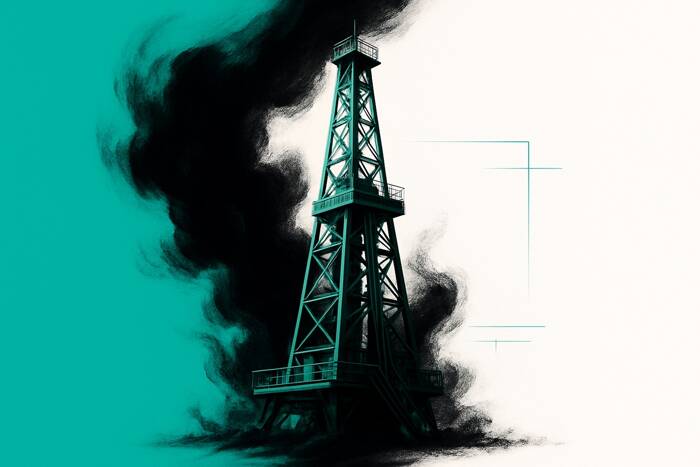Ukraine Conflict Risk Premium Returns to Oil Market
Geopolitical tensions added a firm tone to crude prices after signs that Ukraine peace efforts are stalling. President Trump is attempting to broker a summit between Presidents Putin and Zelenskiy, but Russia has dismissed talks with no agenda and accused Ukraine of obstructing negotiations.
Meanwhile, Ukrainian strikes on a Russian oil refinery and the Unecha pumping station—key infrastructure on the Druzhba pipeline—have heightened concerns over potential supply disruptions to Eastern Europe. Russian flows to Hungary and Slovakia could be halted for at least five days. Traders are now pricing in greater geopolitical risk, especially with the U.S. considering tougher sanctions if ceasefire progress stalls.
U.S. Crude Stockpile Draw Offers Fundamental Support
Bullish inventory data further underpinned WTI. The EIA reported a 6 million barrel draw in U.S. crude stocks for the week ended August 15, far exceeding the 1.8 million barrel forecast. This suggests continued strength in domestic demand, even as drilling activity softens.
Baker Hughes reported a one-rig decline in the U.S. oil and gas rig count, now at 538, marking the fourth drop in five weeks. Slower rig activity could temper future supply growth and support prices in the near term.
Federal Reserve Rate Outlook Adds Tailwind Potential
Traders are also monitoring interest rate signals out of Jackson Hole. Fed Chair Jerome Powell acknowledged downside risks to the labor market while signaling a potential rate cut next month. While he stopped short of confirming it, the shift in tone was enough to support risk assets. Lower rates typically stimulate economic activity and energy demand.
Outlook: Bullish Near-Term with Geopolitical Risk Premium
WTI crude remains technically supported above its 200-day moving average. The combination of strong inventory draws, softening U.S. output indicators, and growing geopolitical tensions around Ukraine is creating a bullish backdrop.

